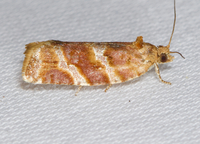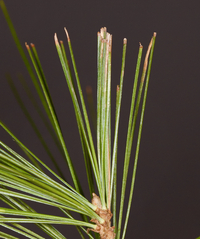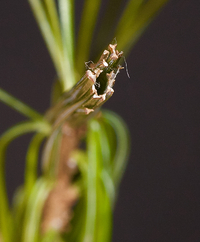
| Recorded by: B. Bockhahn on 2025-07-03
Macon Co.
Comment: | 
| Recorded by: David George, Tracy Feldman on 2025-05-09
Cumberland Co.
Comment: |
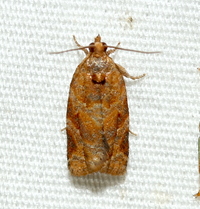
| Recorded by: David George, Jeff Niznik on 2025-04-05
Chatham Co.
Comment: | 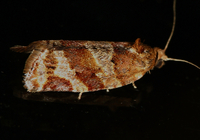
| Recorded by: Jim Petranka on 2025-04-02
Madison Co.
Comment: |
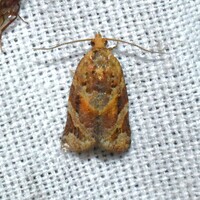
| Recorded by: Jeff Niznik, David George, Rich Teper on 2025-03-28
Chatham Co.
Comment: | 
| Recorded by: Jim Petranka on 2025-03-27
Madison Co.
Comment: |
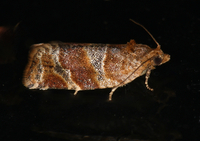
| Recorded by: Jim Petranka on 2025-03-19
Madison Co.
Comment: | 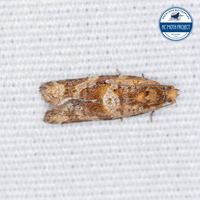
| Recorded by: Lior S. Carlson, Dean Furbish on 2025-03-19
Orange Co.
Comment: |
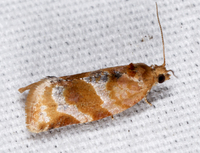
| Recorded by: John Petranka on 2024-09-22
Orange Co.
Comment: | 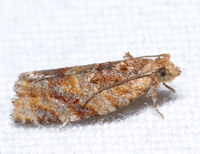
| Recorded by: John Petranka on 2024-09-14
Orange Co.
Comment: |
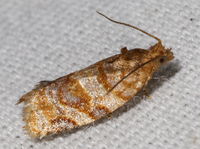
| Recorded by: John Petranka on 2024-09-06
Orange Co.
Comment: | 
| Recorded by: John Petranka on 2024-09-04
Orange Co.
Comment: |

| Recorded by: John Petranka on 2024-08-31
Orange Co.
Comment: | 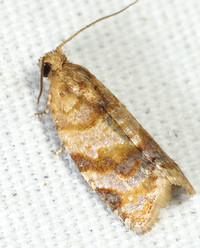
| Recorded by: John Petranka on 2024-08-20
Orange Co.
Comment: |

| Recorded by: David George, Jeff Niznik on 2024-08-05
Transylvania Co.
Comment: | 
| Recorded by: David George on 2024-07-15
Chatham Co.
Comment: |

| Recorded by: Jeff Niznik on 2024-07-12
Watauga Co.
Comment: | 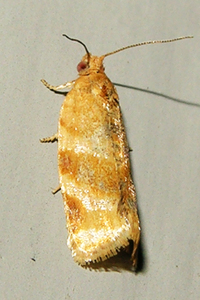
| Recorded by: Owen McConnell on 2024-06-23
Graham Co.
Comment: |
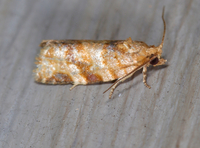
| Recorded by: Jim Petranka on 2024-06-23
Madison Co.
Comment: | 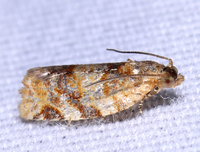
| Recorded by: John Petranka on 2024-06-23
Orange Co.
Comment: |
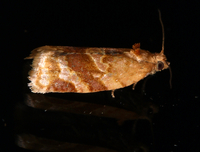
| Recorded by: Jim Petranka on 2024-06-16
Madison Co.
Comment: | 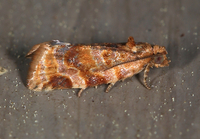
| Recorded by: Jim Petranka on 2024-06-12
Madison Co.
Comment: |
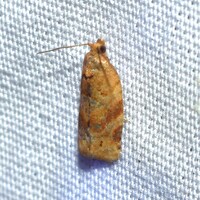
| Recorded by: David George, Jeff Niznik on 2024-06-10
Chatham Co.
Comment: | 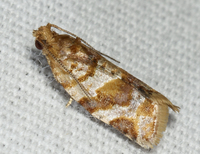
| Recorded by: John Petranka on 2024-06-07
Orange Co.
Comment: |
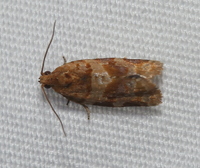
| Recorded by: David George, Jeff Niznik on 2024-06-01
Chatham Co.
Comment: | 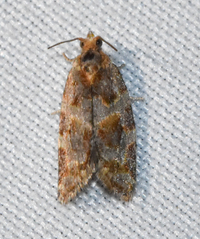
| Recorded by: Emily Stanley on 2024-04-27
Buncombe Co.
Comment: |

| Recorded by: Jim Petranka on 2024-04-18
Madison Co.
Comment: | 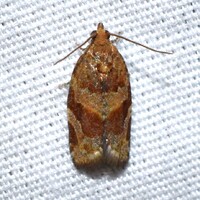
| Recorded by: David George, Jeff Niznik on 2024-04-01
Chatham Co.
Comment: |

| Recorded by: Jim Petranka and Becky Elkin on 2024-03-31
Madison Co.
Comment: | 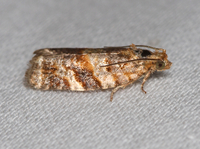
| Recorded by: Jim Petranka on 2024-03-04
Madison Co.
Comment: |
|

 »
»